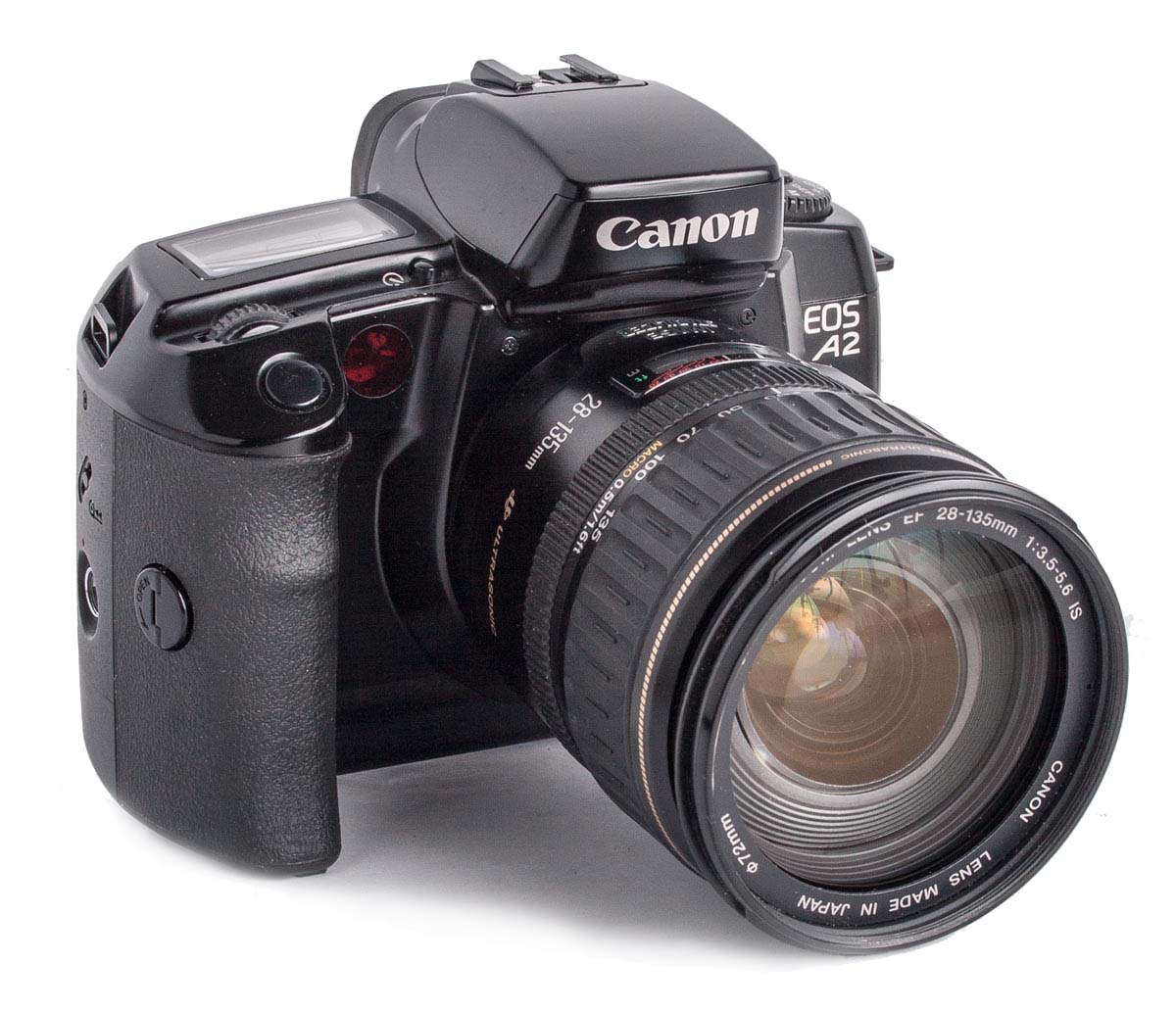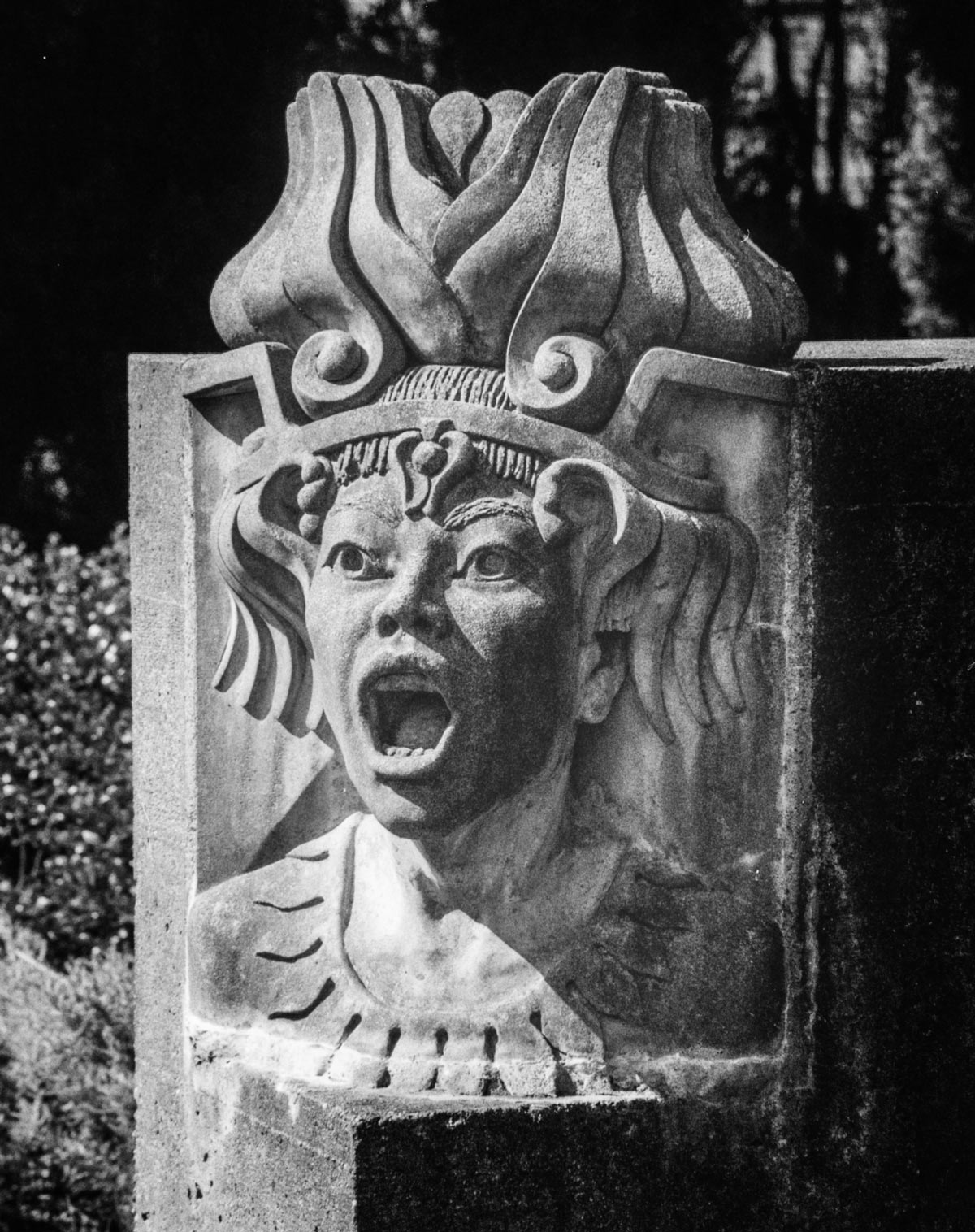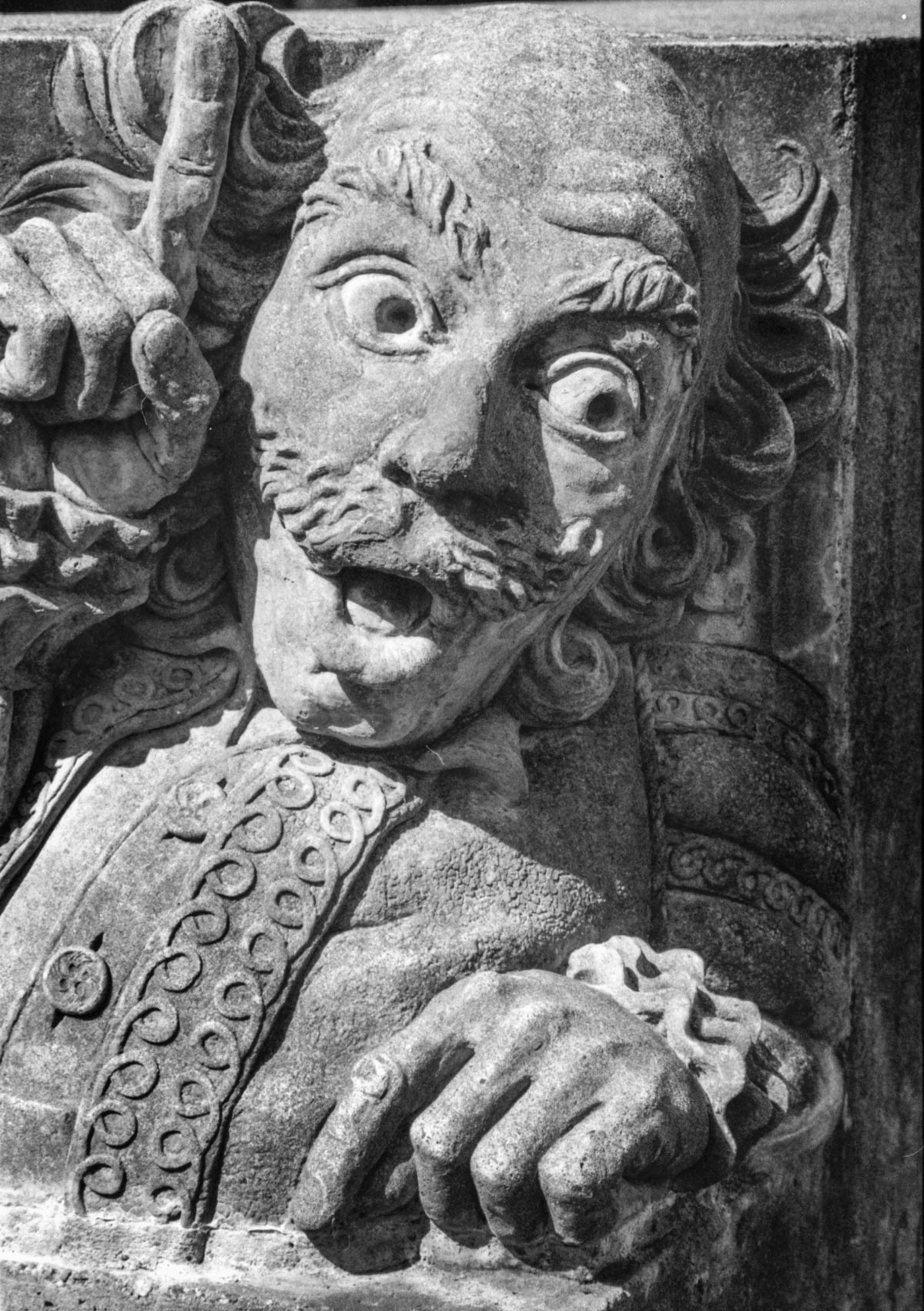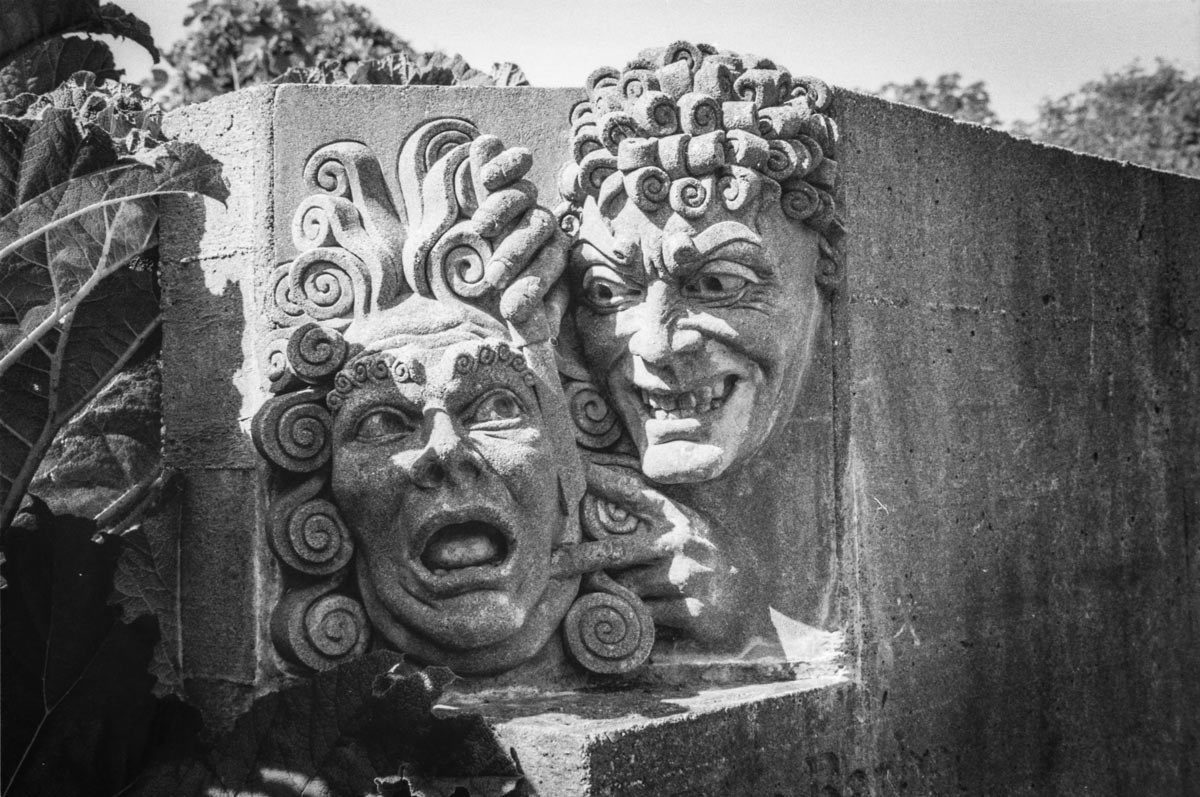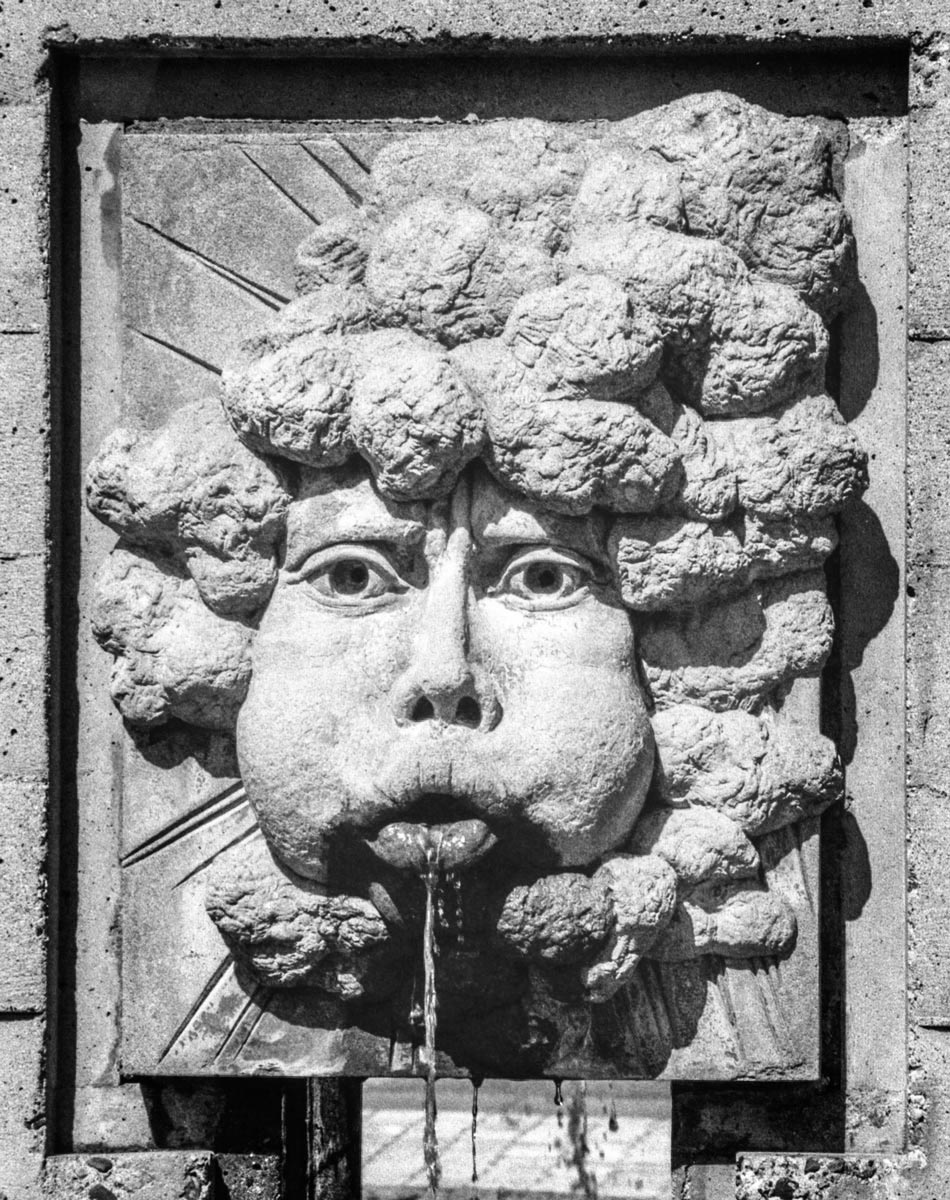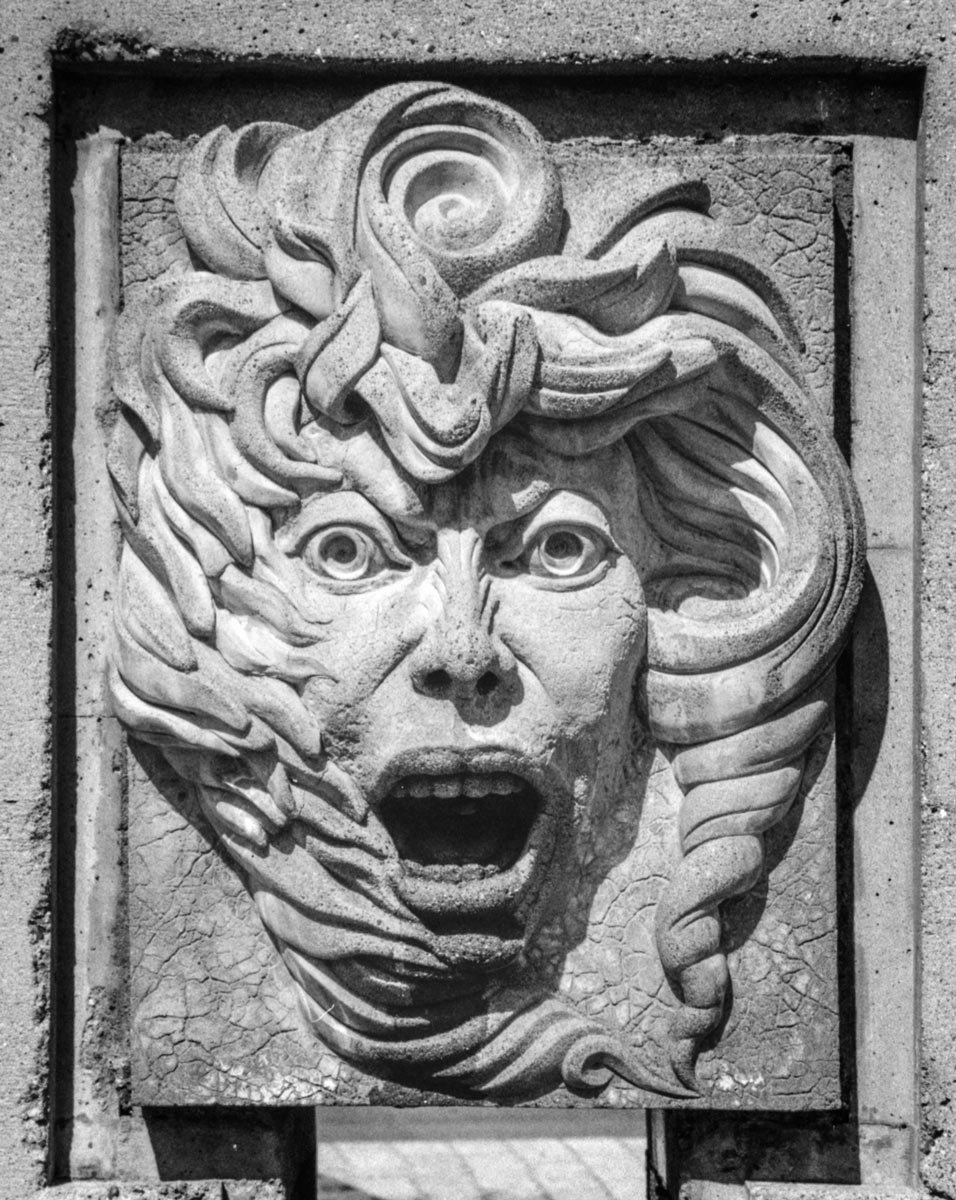The EOS A2 is a film camera introduced in November of 1992. It is shown with an EF 28-135mm lens. This camera will accept all of the Canon EF lenses making it very versatile even though it is a film camera.
Shooting with the A2E
4 July 2016
As I have said in these pages, I have been considering shooting some film in a few of my old cameras. In University I acquired a Leica M-3 and a Minolta SR-1 SLR and these were my “go to” cameras until I switched to digital. As a result, I missed the growing sophistication of cameras through the 70’s, 80’s and 90’s.
Well, this past June I decided it was time
to shoot some film and try out an advanced
film camera. I choose my Canon EOS A2 with
an EF 28-135mm lens for this outing. I had
some old outdated Kodak Plus-X Pan that came with one of my cameras. I had no idea of its history but it had an expiry date from the 80’s. However, the price was right so I chose to use it.
The A2 is an EOS series camera and with this lens feels very similar my 60D to handle. With this lens
it is solid and heavy. The film loaded easily and once theback was closed and the camera turned on it automatically read and set the film speed and advanced the film to the first frame. That could not have been easier.
Since the film was B & W I decided to go back to the Italian Gardens in Hastings Park where there are really neat concrete molded figures incorporated into the fountains and walls throughout the garden. They were essentially black and white already and I thought that they would be suitable to this black and white film.
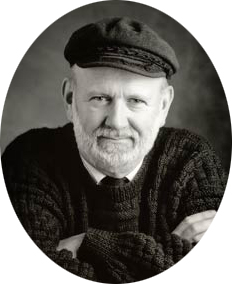
And this is Falstaff on the left and the Barber of Seville on the right. These small cast concrete figures are parts of a series of walls along the “Opera Walk” and opposite a pretty little fountain where children can splash and play in the water. This garden was beautiful the day it was opened. Susan and I were there. But it suffers now and is not as special as it once was.. However, it is a little jewel seldom visited in a much larger public park.
Well what a treat the A2 was! What I had been missing all those years was a lot! The A2 is a dream to shoot. Two step shutter press, auto focus, auto exposure, it was all there. The film advance was rapid and almost silent. Very quickly you became unaware of it.
It felt so much like a digital camera that I kept looking at the back of the machine to see my picture. Of course it wasn’t there and I had to remind myself that we were using film.
The other constraint I ran into was the 24 exposure limit. I ran out of film long before I ran out of images. In my film days I never felt this limitation. I just accepted that the film was finite and I tried to conserve my exposures so that I did not run out. But digital with its limitless capacity has spoiled me.
I left the focus and exposure up to the camera totally. It was difficult to believe that I was shooting film. It was a totally digital like experience. What I learned was that when the first digital cameras came out, the EOS camera was already a mature photographic tool. I think somehow I felt that what we take for granted today was a development of the digital age. Not so. The EOS A2 is an advanced capable camera and the equal of a modern camera such as the 60D. Image quality my not be there because of the limitations of the film but in all other respects it is a comparable camera.
I took my roll of film to Kerrisdale Camera in Richmond and they had it processed for me. I then scanned the film with a Canon 9000F Mk II flatbed scanner to create my digital files.
So, how did I do? Or rather, how did the camera do? Well, the film had a little fog from its age but it could have been much worse. The exposures were all spot on, uniform density, nice contrast. And the images were sharp. All what you would expect from a modern camera.
Some of the images I took are here for you to look at. They are lacking in the sharpness I am used to. I think the camera is better than this. But this is my first outing. The scanner is new and I am not certain how good the scans are. The film was old and I know nothing about how it was developed. Even the lens is unknown to me as I had not used it before. So there are many variables to track down and assess which I will do.
To begin with, I will try this lens on my 60D and see how it performs. Secondly, in the future I think I will do my own processing of the film. Then I’ll know it’s been done right. And of course, I will try fresh film. All of this is good stuff for a further report down the road.
In a way this first attempt was disappointing. But not for the reason you might think. What I mean is that the camera was too good. It was a digital experience: all automatic and easy. It was not a “hands on” old style film shoot where everything is manual. I guess I’ll have to pick a camera with fewer features next time.
This website is the work of R. Flynn Marr who is solely responsible for its contents which are subject to his claim of copyright. User Manuals, Brochures and Advertising Materials of Canon and other manufacturers available on this site are subject to the copyright claims and are the property of Canon and other manufacturers and they are offered here for personal use only.

